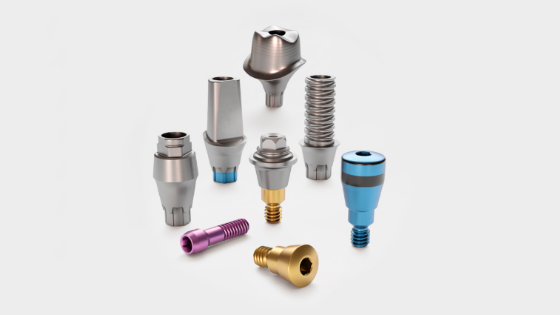Hi,
I’m having recurring problems with Astra EV implants and screw retained implant crowns using Atlantis custom base solution. I am scanning with CEREC Primescan and use either Atlantis scan bodies or Elos. The Atlantis abutments are returned on 3D printed models and I make Katana CEREC Zirconia crowns cemented with hybrid abutment cement. The crowns fits well on the model, but in approximately 1 in 2 cases when tried intra orally there is a small interproximal gap either mesially or distally - not both - which means that floss is not being held. This is easily rectified by increasing glaze thickness, but the crown will then not fit on the model but fits perfectly in the mouth.
I do not have any problems if I use conventional fixture head pick up impressions with stone model. I also do not have any contact problems if I use the CEREC primescan to make conventional crowns/onlays.
I have contacted Astra/Atlantis but they have been no help and ignore the problems. I can only assume that the 3D printed models are inaccurate, or stitching of the pictures over a gap is not accurate.
Has anybody else had experience of this? Any suggestions would be greatly appreciated.

Hi Mark,
We do not have that brand of implants in my country but let me share what happened to me. I’ve found that some labs have 3D printer settings not properly selected or they do not take the time to configure the exact resin they use for printing and choose a generic one. That will cause a volume distortion ending in a slight resin model shrinkage. In my opinion if this is happening, resin shrinkage will create a lower interproximal distance generating an exact fit in the model but a gap in the mouth. If this situation doesn’t happen with other implant & prosthetic element brands, the issue could be with the 3D libraries. Just a thought. Best regards
1 Like
I would recommend that you take a conventional impression next time a digital one doesnt work and pour it up with an analogue abut and compare what fits. From your description you took analog impressions at other times but not on the cases that were open contact to compare.
I think that when you involve the lab it is another layer of potential inaccuracy just like the other doc mentioned about material shrinkage. If your already at the Primescan level of things why not just fabricate your own restoration inhouse? Design. Cement onto Tibase. And done. Graduate onto custom staining or train an artistic assistant and there are few limitations where you’d need a lab.
You could also go onto Cerec Docs and run this by them. They’re very responsive and helpful.
Another thing…recalibrate your scanner and review your parameters for contact strength. (Altho I don’t think that’s the issue- but you should check).
Lastly, there are times that I notice one material vs a different material give me different contact strengths and I’ve tended to make some materials contacts a little heavier and adjust down accordingly.
1 Like
